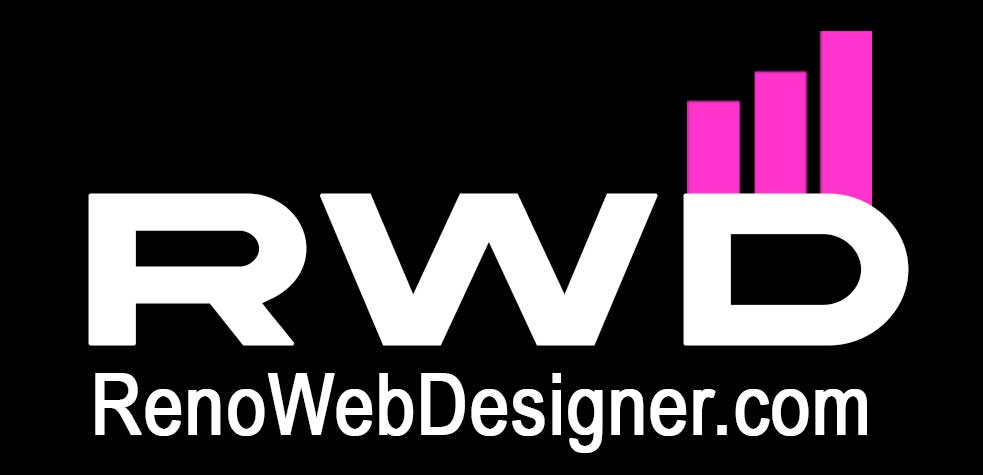1. User-Friendly Interface:
– Ingeniux CMS offers an intuitive and easy-to-use interface. This is particularly advantageous for universities where multiple departments and users with varying levels of technical expertise need to manage content.
2. Scalability:
– As a university grows, its website must adapt. Ingeniux CMS is scalable, ensuring that the website can expand in terms of content and functionality without performance issues.
3. Customization:
– Universities have unique needs and branding guidelines. Ingeniux CMS allows for high levels of customization to meet these specific requirements.
4. Accessibility Compliance:
– Universities are required to ensure their websites are accessible to all users, including those with disabilities. Ingeniux CMS supports the creation of websites that comply with ADA and WCAG guidelines.
5. Integration Capabilities:
– Ingeniux can integrate with various academic and administrative systems, making it easier to manage student information, course details, and other essential data.
6. Security:
– Security is a critical concern for university websites. Ingeniux CMS offers robust security features to protect sensitive information and ensure data privacy.
Implementing Ingeniux CMS for a University Website
Step 1: Needs Assessment and Planning
– Conduct a thorough needs assessment involving all stakeholders.
– Define the scope, objectives, and timeline for the website project.
Step 2: Choosing the Right Hosting Environment
– Decide between on-premise and cloud hosting based on the university’s infrastructure and needs.
Step 3: Designing the Website
– Focus on creating a responsive design that reflects the university’s brand and is accessible on all devices.
– Ensure compliance with accessibility standards.
Step 4: Content Migration and Creation
– Migrate existing content to Ingeniux CMS.
– Train staff and faculty on creating and managing content within the new system.
Step 5: Integration with Other Systems
– Integrate with academic, administrative, and external systems for seamless data flow.
Step 6: Testing and Quality Assurance
– Conduct thorough testing, including usability, performance, and security testing.
Step 7: Launch and Ongoing Maintenance
– Launch the website with a well-planned rollout strategy.
– Establish a maintenance plan for regular updates and continuous improvement.
Step 8: Training and Support
– Provide comprehensive training to staff and faculty.
– Ensure ongoing support is available for technical issues and updates.
Implementing Ingeniux CMS for a university website is a strategic decision that can enhance user experience, streamline content management, and ensure scalability and security. By following a structured implementation plan and leveraging the unique features of Ingeniux, universities can create a dynamic and effective online presence that meets the needs of their diverse community.
10 Alternative Content Management Systems (CMS) to Ingeniux, each offering its own set of features and benefits.
1. WordPress: Widely popular for its ease of use, extensive customization options through themes and plugins, and a strong community support.
2. Drupal: Known for its robustness and flexibility, Drupal is suitable for complex, content-heavy, and highly customized sites.
3. Joomla: Offers a balance between user-friendliness and powerful features, making it suitable for websites with varied content and structure.
4. Sitecore: A premium, enterprise-level CMS known for its advanced personalization and marketing automation capabilities.
5. Adobe Experience Manager (AEM): A comprehensive content management solution for building websites, mobile apps, and forms, known for its scalability and integration with other Adobe products.
6. Squarespace: A user-friendly, all-in-one solution that offers website building and hosting with an emphasis on design and aesthetics.
7. Wix: Known for its drag-and-drop interface, Wix is a user-friendly platform ideal for small businesses and individuals looking to build a professional website without extensive technical knowledge.
8. TYPO3: A free and open-source CMS, offering flexibility and scalability, particularly suitable for enterprise-level and multilingual sites.
9. Kentico: An integrated marketing platform that provides a comprehensive set of features including e-commerce, online marketing, and intranet, along with CMS.
10. Umbraco: An open-source CMS based on Microsoft’s .NET framework, known for its flexibility and great community support, catering to both small and large-scale websites.
Each of these CMS platforms has its strengths and particular areas of focus, making them suitable for different types of web development projects. The choice among them depends on specific needs such as budget, technical requirements, scalability, user-friendliness, and the specific features desired.





